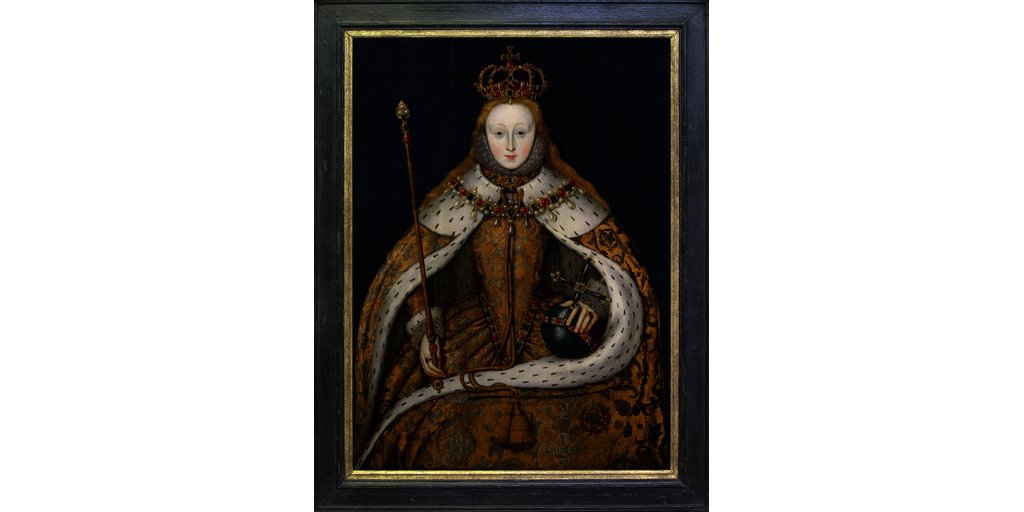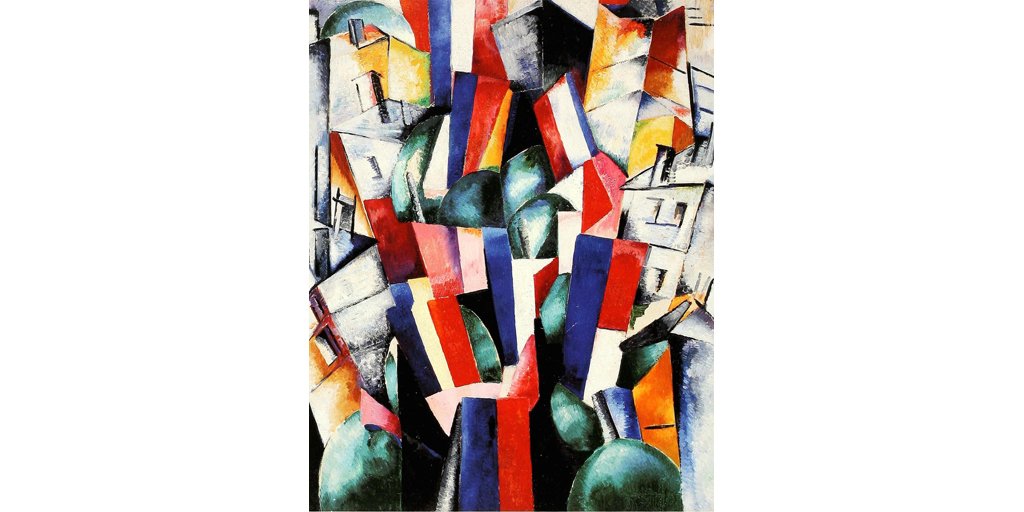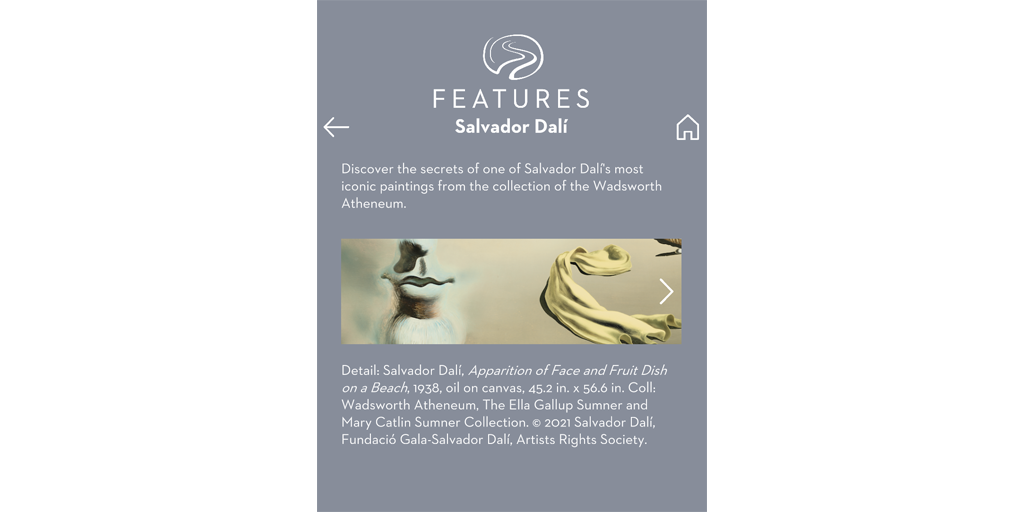Photomontage: Smithsonian’s National Museum of African American History and Culture, Washington D.C.; Musée du Louvre, Paris, National Gallery of Art, Washington D.C., Metropolitan Museum of Art, New York, Art Institute of Chicago, Turner Contemporary, Margate (not a collecting museum), Crystal bridges, Bentonville, Rubin Museum of Art, New York, and the De Young Museum, San Francisco.
Officially “International Museum Day” was Wednesday this week, but museums all around the world have planned continuous events and programming through the weekend which are meant to welcome new and returning visitors alike and show people the museums are “back.” Much of Boulevard’s work over the last several years has involved collaborating with museums on art and culture-based XR projects, and many of our team are originally from museums, so this realm remains near and dear to our hearts. COVID has been so challenging on all of these institutions. It has also, however, been a time for self-reflection and creative reinvention, a time to assess how they can participate more actively in the digital space as well as in the social fabric of their local communities and the broader world. Evan before the pandemic, so many museums have come to serve as important social spaces for discovery, engagement, conversation, in addition to being places to connect with objects, collections, didactics and/or digital interactives. And, things are really opening up again now, so, if you didn’t get a chance to celebrate an amazing art, history, culture, or science museum on May 18, now’s the time - or really anytime is. Do you have a favorite museum? We would love to know which one and why.





















